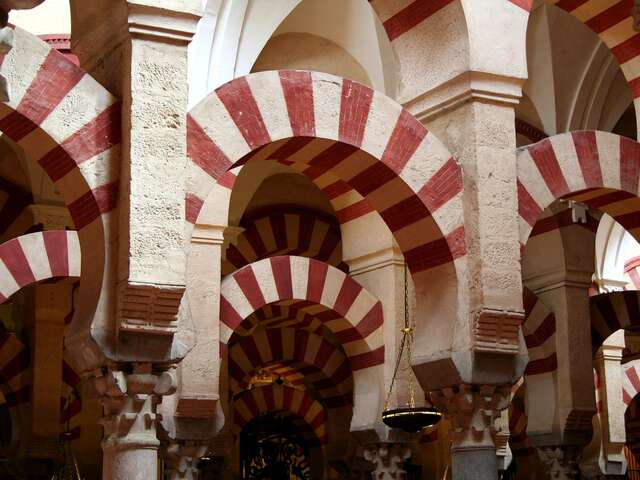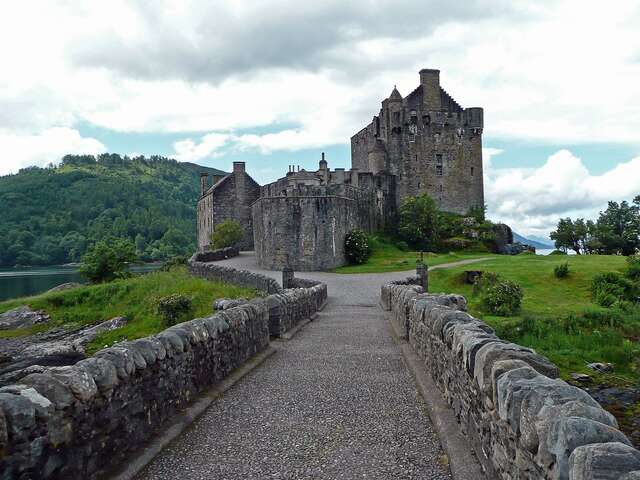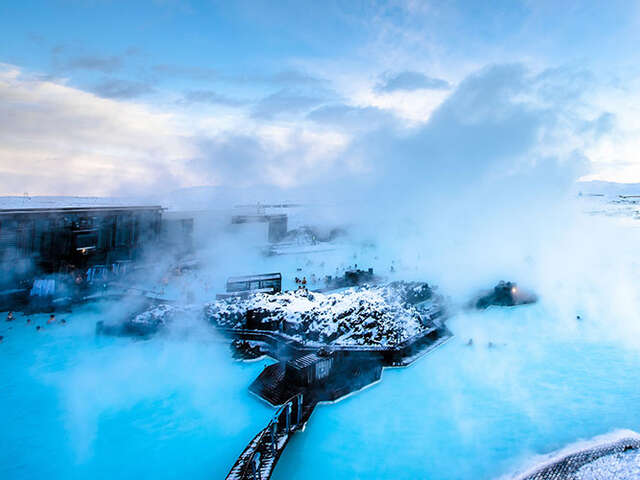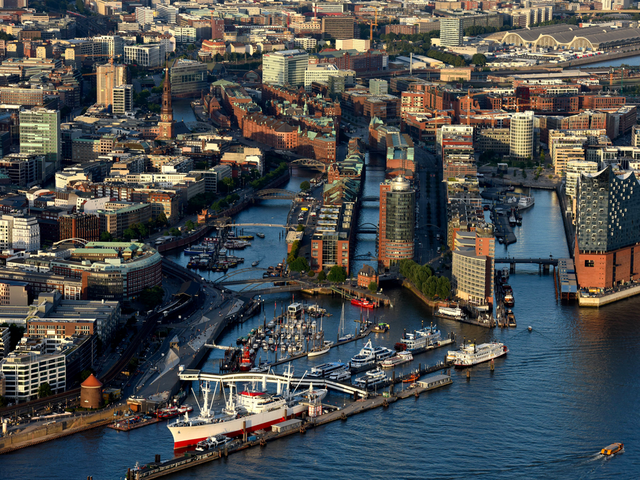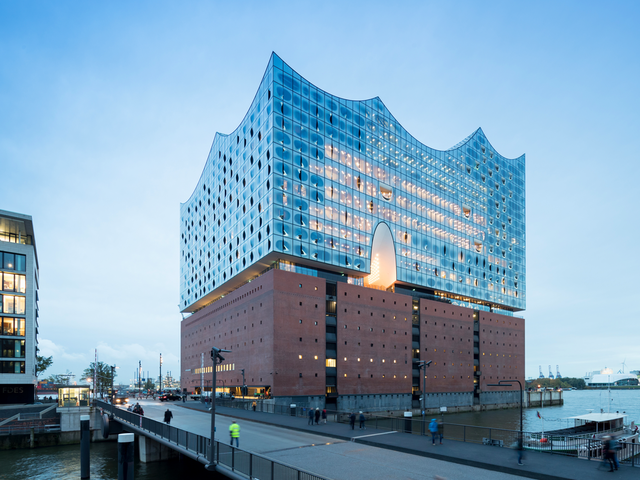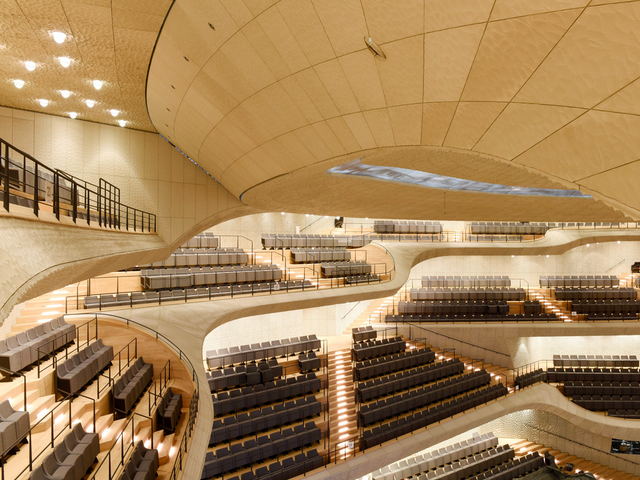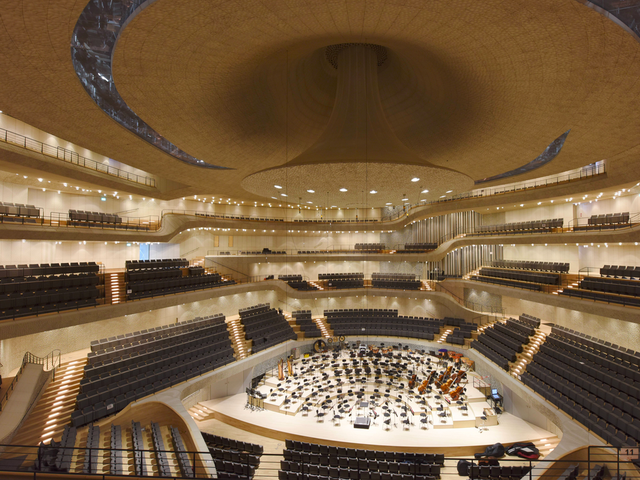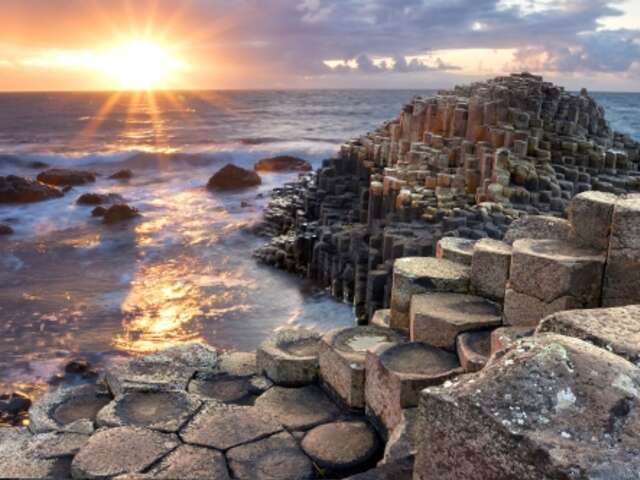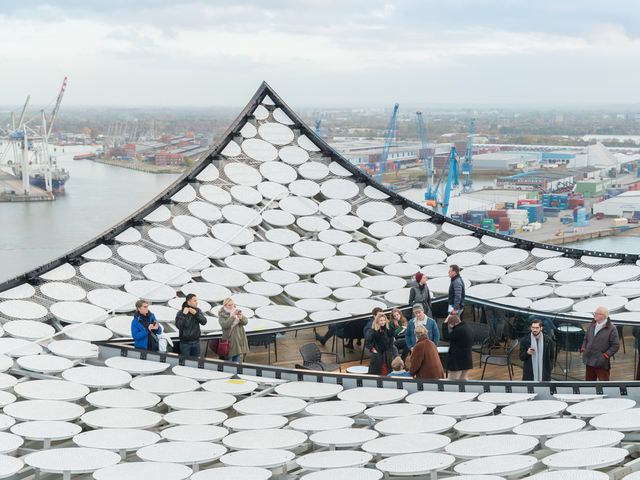
The landmark, modernist Elbphilharmonie, designed by 'starchitects' Herzog & deMeuron, has opened its doors at last this month. The complex adds three world-class concert halls, a hotel, and a public area with a panoramic view to the city famously associated with the music of Mahler, Brahms and the Beatles.
Hamburg is Europe's second largest port. It handles large, ocean-going ships, so it's considered a seaport, even though it's nearly 70 miles (110 km) inland from the North Sea on the Elbe River at its confluence with 2 other rivers.
The Elbphilharmonie is in a unique location in Hamburg’s historic port. It's part of Europe’s largest inner-city urban revitalization project, in direct proximity to the Speicherstadt warehouse district UNESCO World Heritage site.
In location, in design, and in function, the Elbphilharmonie serves as a symbol of the city’s past, present and its future.
Spectacular Architecture
The renowned Swiss architecture firm Herzog & deMeuron designed the exciting structure to perch on top of a brick warehouse that used to store tea, tobacco and cocoa arriving from abroad. 1700 reinforced concrete piles support the modernist, glass structure, whose wave-like roofline rises above the water of the port that surrounds it on three sides.
The Plaza is the area that links the warehouse and the new structure, and it's the central meeting place in the Elbphilharmonie. There's a viewing platform here that's open to the public. Even getting to it is an experience: an 82-metre-long (over 250 foot-long) curved escalator transports visitors through the building. Once you get there, you have a stunning panoramic view over the city and port of Hamburg.
The heart of the Elbphilharmonie is the spectacular, Grand Concert Hall. 2,100 seats are arranged around a centrally located stage, designed to remind you of visits to terraced vineyards. Amazingly, no member of the audience is seated more than 30 metres (about a hundred feet) from the conductor. Being so unusually close to the action turns this new acoustic space into a place of unforgettable musical encounters.
In order to achieve optimum acoustics, the architects developed a special wall and roof structure together with internationally renowned acoustician Yasuhisa Toyota. 10,000 individually shaped fibre panels cut with millimetre precision ensure targeted sound distribution that reaches you in every corner. For the Grand Hall, the German organ builder Klais developed an extraordinary concert hall organ with 4,765 pipes that are located in, next to and even behind the audience stands.
A Boundless Music Experience
In addition to the one-of-a-kind Grand Hall, the complex includes the acoustically outstanding, wood paneled Recital Hall and The 'Kaistudios', the Elbphilharmonie’s interactive music education area for people of all ages. The 'Kaistudios' are also home to the new 'Elbphilharmonie World of Instruments': diverse workshops in which children and adults can try out instruments from all over the world.
Are you thinking this all sounds fantastic, but you really aren't a fan of classical music? Don't fear: there's a line up of concerts and performances that not only include orchestral and operatic performances with the best orchestras in the world; piano, string quartet and German 'lieder'; but also world music, popular, and even electronic music. Music for every fan, and a reflection of a city that not only supported famous composers, but also has had a world-celebrated club scene since the earliest days of the Fab Four.
They call it 'a perfect symbiosis of architecture and music'. We agree. The new Elbphilharmonie highlights Hamburg on the map of must-see global destinations for lovers of music and celebrated modern design.
Start your Trip!
